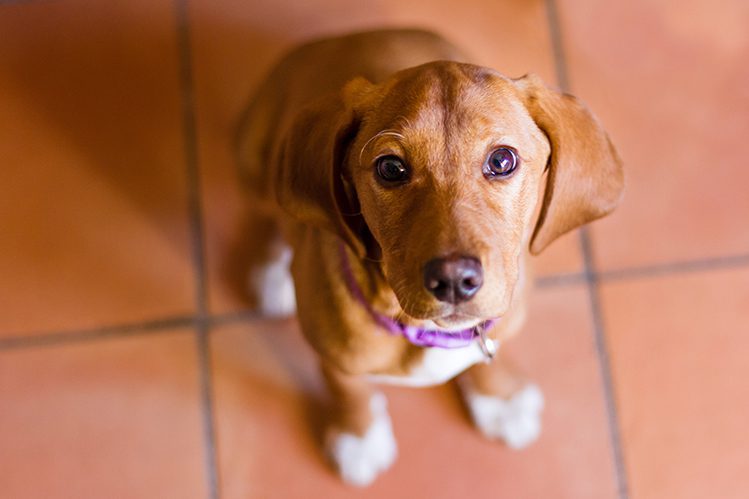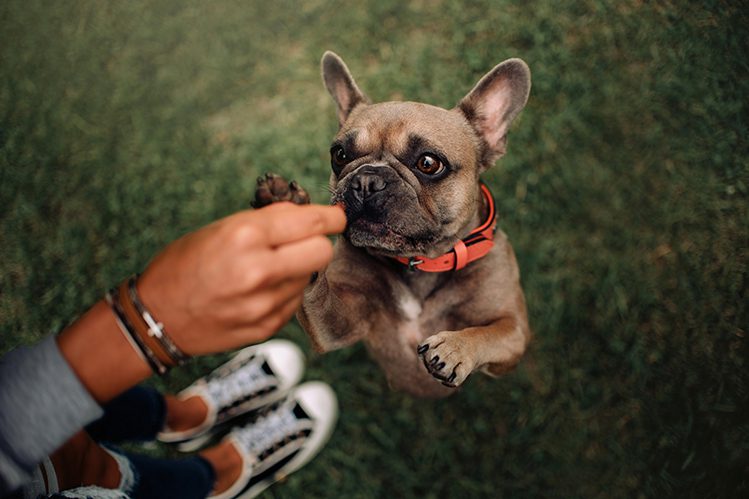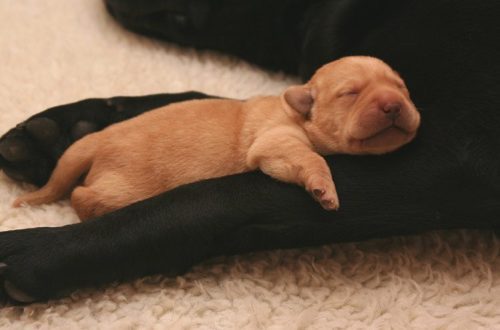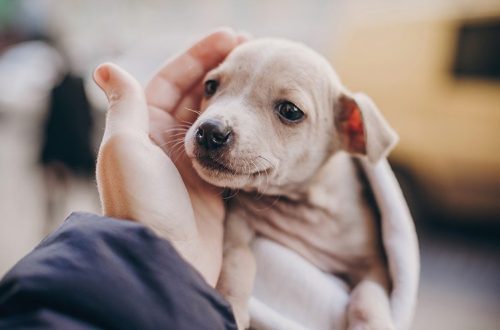
How to teach a puppy the “No” and “Fu” commands?
Teams “No” and “Fu” are the most important in the life of a dog! There are situations when a pet needs to be given a ban on any action. Perhaps his health and even life will depend on this! Now we will tell you how the “Fu” command differs from “No”, why they are needed and how to teach them to your pet. Get comfortable.
Contents
What is the difference between the commands “Fu” and “No”?
Imagine a situation. You went out with your husky for an evening walk and suddenly a neighbor’s cat ran past. Yes, not just flashed before my eyes, but stopped and seemed to tease your pet. Before you had time to strengthen the grip of the collar, a young active dog was already chasing a neighbor. What command should be pronounced in this case?
And if the same husky ran after a grandmother whose sausages fell out of her bag? What to do at such a moment? Let’s figure it out.
Everything is quite simple here.
If you want your pet to stay in place and not chase the cat, you must strictly say “No!”. This applies to any other activity that is not related to food. Even if the puppy chews shoes, jumps on the sofa and the like.
And if you want to forbid your pet to eat suspicious or forbidden food, or to release something from its jaws, you should clearly and clearly say the command “Fu!”.
Basic principles of training
As in any other training in command execution skills, you need to:
Prepare your pet’s favorite treats and toys
Put on a leash
Choose a favorable time for classes (a couple of hours before feeding)
Be in the mood to engage with your pet (otherwise the baby will easily understand that you are not in the spirit and become distracted)
Stay at home or go somewhere else your pet knows
Make sure your pet is ready to exercise
Invite Assistant
Stock up on patience.
If all of the above points are met, you can start training.

How to teach a puppy the “No” command
When raising a small puppy, remember that he is only learning to interact with the world. At first, he will definitely pee on the carpet, gnaw on shoes and even bark at the neighbors. Your task is to introduce specific restrictions. For example, do not chase a neighbor’s cat.
How to teach a pet the “No” command without unnecessary injuries? Let’s look at the example of jumping on neighbors.
We recommend that you discuss this technique with your comrades at the entrance in advance. We think they will not refuse you.
Keep your puppy on a leash while walking.
When meeting with a neighbor, when the dog starts to rush towards him, pull the leash slightly towards you and down, saying clearly and strictly “No”.
If the pet does not respond to the leash, lightly press on the coccyx while continuing to say “No”. Get the command done, treat the student with a treat and stroke behind the ear.
Continue to do this every time the puppy reacts violently to neighbors, passers-by or animals.
If you want to wean your pet from jumping on a bed or sofa, use the following algorithm:
When you notice that your pet is ready to lie down in your place, take any toy with a bell or something noisy. Shake the object until the puppy pays attention to you and abandons his previous idea.
When your pet approaches you, praise him with a toy treat.
When the puppy learns to cancel the previous action and go straight to the sound, enter the command “No”.
It will look like this:
The puppy decided to jump on the sofa
You shook the toy and clearly said the command “No”
The pet went straight to you
You have praised your pet.
Practice this parenting technique in similar situations.
Your task is to divert the attention of the baby to you and your actions. Agree, this is the most harmless way of education, which at the same time will also strengthen your relationship.
How to teach a puppy the command “Fu”?
Prepare treats and toys for your pet. The treat will be used as bait.
Put your pet on a leash or hold it.
Have your helper place the treat about a couple of feet in front of the dog.
Let your child approach the treat. When he tries to eat the treat, command “Fu!” and distract the baby’s attention to yourself or a toy. If everything worked out, go up to the dog, stroke it, praise it and treat it with a treat that you get out of your pocket.
Over time, you can change the places of training and types of rewards. The main thing is that the pet learns to be distracted by you and does not start an undesirable action. That is, you need to “intercept” it. If the baby has already taken to pick up a treat, it will be much more difficult to interrupt it.

Ideally, training should resemble a game. The kid should enjoy communication with a person, joint games and rewards – and through them learn life in our big interesting world.





